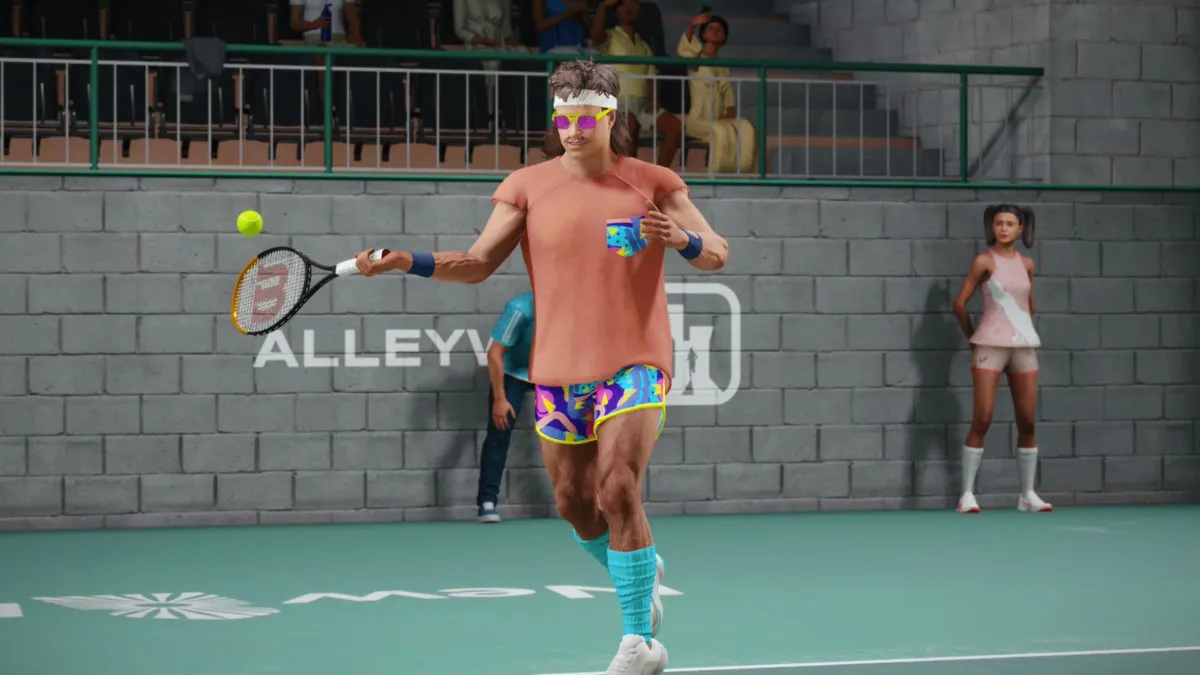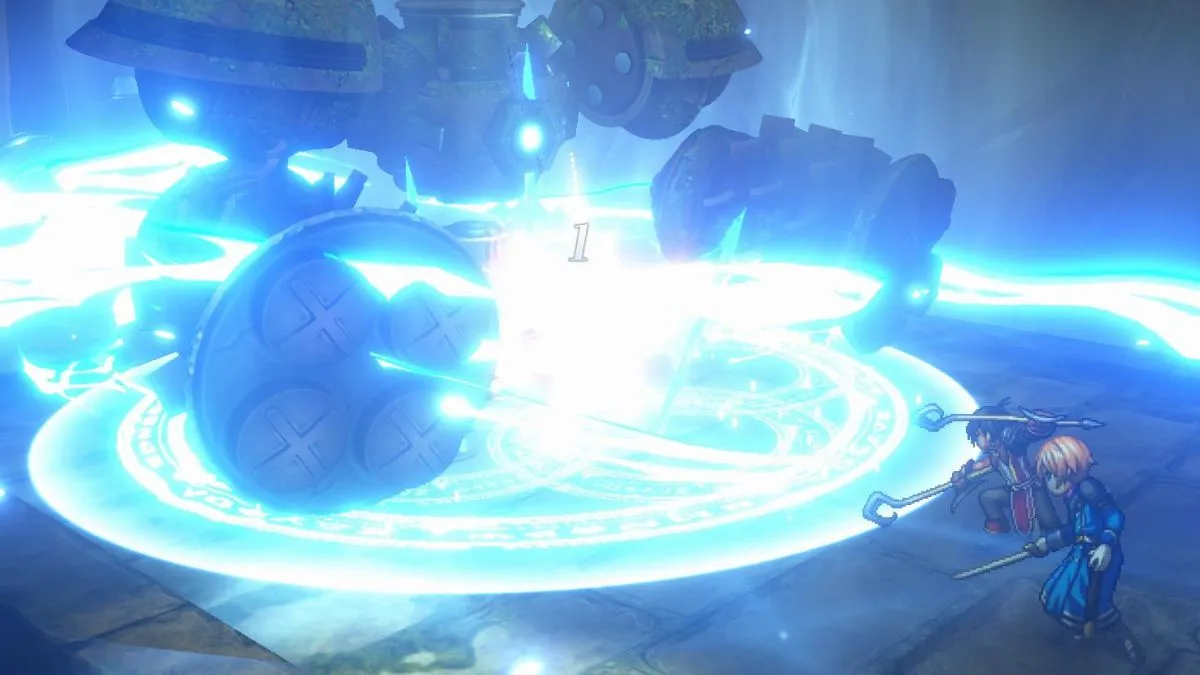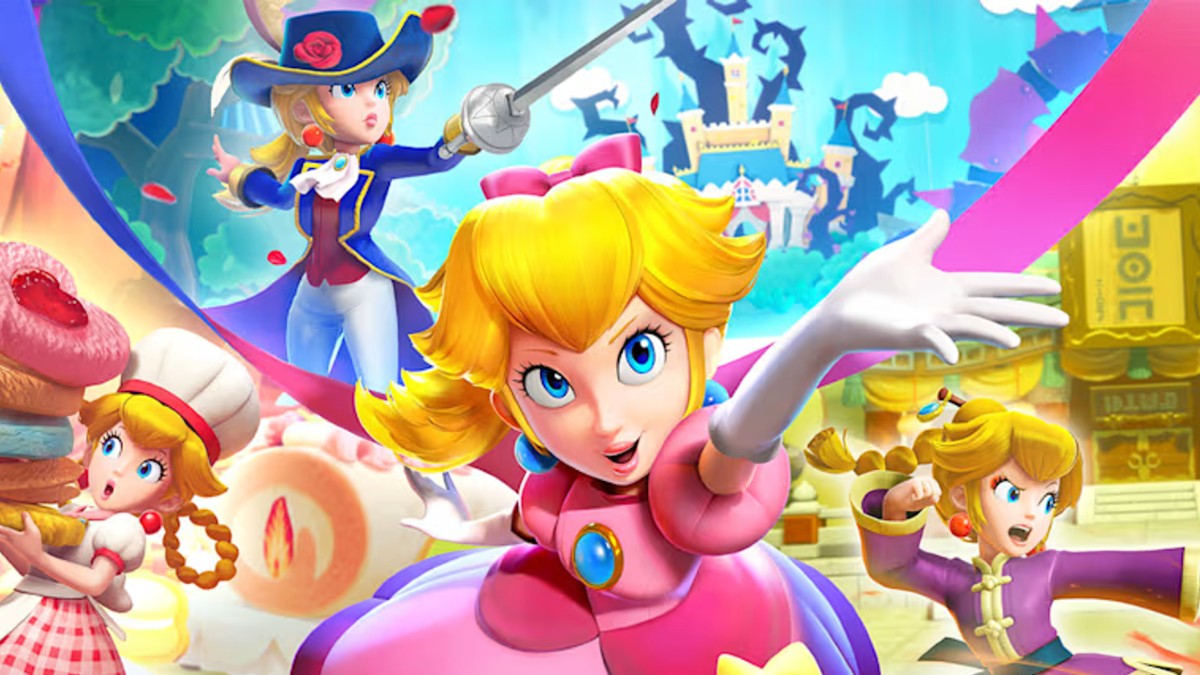
When it comes to big names in gaming, you don’t get much bigger than Halo. Bungie’s sci-fi shooter took the gaming world by storm after its November 2001 release, and would single-handedly define the console shooter in the eyes of millions for the next two console generations. Bungie closed the door on the Master Chief’s story in 2007 with Halo 3, but wasn’t quite finished with the franchise yet – last year’s Halo 3 ODST told a side-story about the grunts of the series. Next week, Bungie bids farewell to the series that put it on the map with Halo: Reach – and brings the franchise back to where it all began.
A group of Bungie panelists took the stage at PAX 2010 in front of a jam-packed ballroom for what may well be the last Halo panel they do at one of these conventions, and there was a distinct sense among the crowd (and the panelists) that this, like Reach, was a send-off for the series. With the release of the game just around the corner, the Bungie crew opted not to spend time simply hyping up the title, but took the opportunity to show fans where it had been.
Work had begun on Reach in October 2007, shortly after the release of Halo 3. While most of Bungie’s Halo crew dove into development on ODST, a small team of just four people began to lay the groundwork for the last game the studio would create in the series. “We wanted to do a stand-alone chapter in the Halo ‘verse after finishing the Chief’s story in Halo 3.”
The earliest work was exploration – sketching out images that could help define Reach (the planet) as a place. “Reach is one of the characters in the game,” said one of the Bungie designers. It was the setting of one of the biggest battles in the human/Covenant war, it was a crucial military hub for Earth’s space forces, and it was the birthplace of the SPARTAN program that produced the Master Chief. “We wanted to make sure it felt like a place that was lived in.” From the very beginning, though, the Bungie team knew that this was going to be a game with a much darker tone than its predecessors, as it told a story of a battle that had already been lost in the Halo fiction – the last stand of the SPARTANs.
Bungie pinned down three distinct geographies for use in Reach that would give players some cool backdrops to play through in the campaign – boreal, badlands and temperate – and four architectural styles – pioneer, industrial, hyper-urban, and ONI – that the team could use to create “real, human-lived-in spaces.” They constructed rough map outlines of how each mission would progress, with lines passing through bubbles like “Warthog section” to give a sense of how the game would flow.
Once that was done, and once the team had created a rough diagram of the game’s plot and key moments – the player gets a pistol, the player sees their first Elite – it was time to start building the game’s levels. From start to finish. In modeling program StudioMAX, not the game’s engine. These were the missions in the “roughest form possible,” says Bungie, but it helped the developers understand the levels – the views, the best spots for the ambushes, and good locations where they could inject competitive multiplayer arenas.

If the planet Reach is a character on its own, then it’s just one of many – with Reach, Bungie created a cast of SPARTAN supersoldiers to fight alongside the player. We, the gamer, were no longer the one-man-army of the Master Chief, but rather part of a unit: Noble Team. “We wanted Noble Team to be fully-realized characters,” said Bungie, and there was more concept pre-production art for the team than in all of the rest of the Halo series put together.
Bungie wanted the characters to be believable without being stereotypes, and also wanted the player to get the sense that their stories had been going on for a long time before you joined the squad as Noble 6 – originally, you would have been Noble 8, as the characters had been based off of the “Magnificent Seven Samurai” trope, but two of the planned characters failed to make the cut, as Bungie opted to tighten the focus slightly.
Part of the reason for the development of Noble Team as a group of characters – instead of the faceless Master Chief – was that Bungie intended to finally take the helmets off of the SPARTANs. In a way, this was literal: New technology let the developers map the facial expressions of the voice actors directly onto the models, making for a less unnatural look than the series’ characters have had in the past. In another way, it was figurative: The idea was to give the player a sense of what Noble Team had gone through, and how their experiences had shaped their characters – Noble-2, Kat-B320, has a robotic arm, and Bungie wanted players to wonder how she had lost the limb and how it had changed her.
While the team initially had only planned to use motion capture for gameplay purposes, it quickly became a core part of the cinematic design, too. Blocking the scenes in real life let the cutscene designers see how things would play out, and it gave the game a feel like there was a physical cameraman on the scene with the Nobles. Of course, in Reach, things usually turn out very well for those “cameramen,” Bungie joked.
There was a sense at the panel that Reach was about tearing things down and starting from scratch. Composer Marty O’Donnell said that it was thrilling to be able to work with a whole new voice cast and to compose entirely new motifs and themes for the game’s score. From a gameplay perspective, it was a return to basics, though certain things that members of the team had wanted in the series for years – aquatic vehicles, for one – simply didn’t make the cut.
With Reach, Bungie faced the “traditional sequel problem”: The developers wanted to give fans more of what they loved, but couldn’t just stamp out more of the same. But the team also had an ace up their sleeve, having worked on an extremely successful series, and concluding by coming “full circle,” ending the game where Halo 1 began.
“We’ve been able to break the ties we don’t want to carry along with us. We’ve been able to take all of the best parts from Halo 1, 2, 3, and ODST.”
Next week, we see if it’s the send-off fans are hoping for on September 14th.



